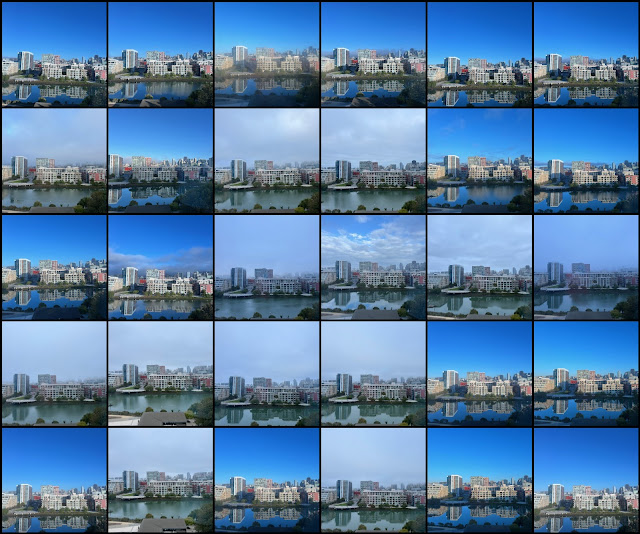 |
| Sculpture outside of the San Francisco Transit Center |
Did you listen to music when you were growing up?
My mom preferred musicals so she could sing along. My grandparents had a stack of old-timey sheet music inside the bench in front of their small organ. I still hum "You Are My Sunshine." Their organ was fun to play because of its stops and pedals that varied the sound of the notes. My dad listened to a violinist named Fritz Kreisler. We also listened to Country music. The song, "Ghost Riders in the Sky," a haunting piece, crept into my music memories and influenced the tunes I listened to as a teenager. I loved "The House of the Rising Sun," and songs by Ray Charles, Aretha Franklin, and Judy Henske, who all sang soulful songs that told poignant stories. When the Beatles arrived, their music dominated the airwaves, pushing aside some older styles.
A couple of weeks ago, the Buena Vista Social Club performed in a small theater in San Francisco. They were a sensation in 1996 when their music first came to the U.S. from Cuba. The group formed around solo musicians from the 1940s and 1950s coaxed out of retirement to play together. They recorded an album with their name as the title, which became a worldwide hit. A film about the group followed shortly.
In 1996, their music made people jump up and dance, learn salsa, and discover a Cuba they knew little about since Castro took over the country. Bill and I listened to the album over and over. Eventually, the Buena Vista Social Club slipped from our memories until I saw a notice advertising their San Francisco show. I wondered what they had been doing in the intervening years. We bought tickets and assumed the audience would be fellow followers from back in the 90s, and yes, the audience was full of people our age. Surprisingly, a large number of young people attended too. They were not a crowd curious about the Buena Vista Social Club. Instead, as the musicians, one by one, entered the stage, the crowd rose up cheering and clapping vigorously. I asked myself how we had missed seeing the connection between the young people and the continuing popularity of this group of vibrant Cuban musicians.
This event got me thinking of the music we hear at the nearby food truck park. The playlists include music from our early adult years, including the Beatles, the Doobie Brothers, and Credence Clearwater Revival, mixed in with a few rap songs. Some of the songs are over 50 years old and I am surprised they would appeal to the mostly young crowds who gather at the park. When we listened to that music so long ago, we rarely heard music from our grandparents' era, 50 years before. Old-timey music and ragtime were rarities. Why has the music from our early adulthood sustained people's interest for so long? I wonder too what music we are missing now that will still be popular in 50 years.
 |
| The 8th-floor view of people walking on Channel Street by Martha Slavin |
**************


.jpeg)

.jpeg)





